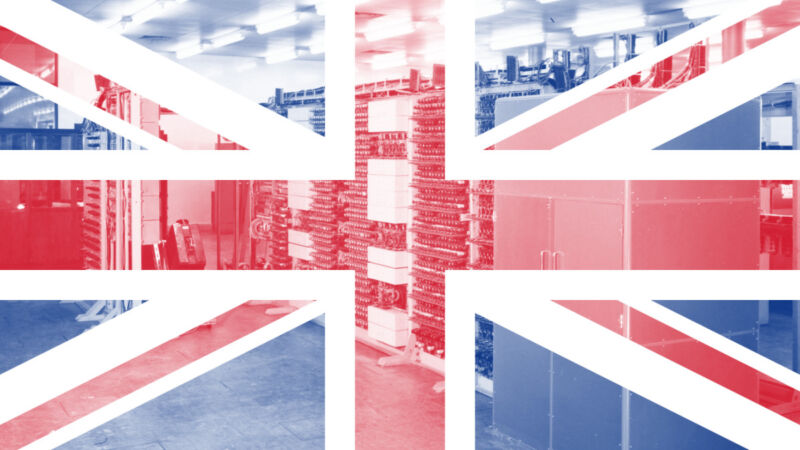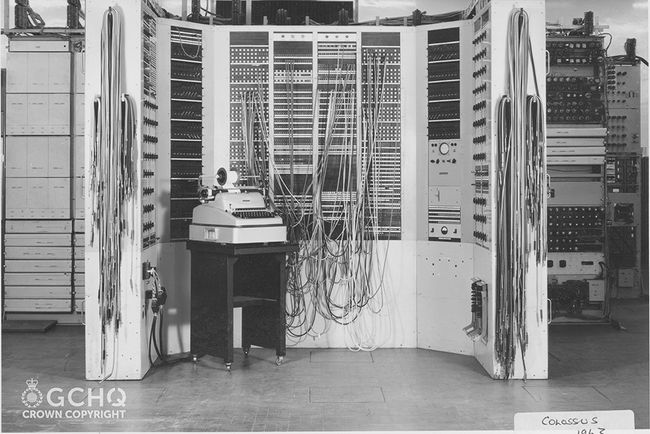80 years later, GCHQ releases new images of Nazi code-breaking computer

Enlarge (credit: GCHQ | Benj Edwards)
On Thursday, the UK's Government Communications Headquarters (GCHQ) announced the release of previously unseen images and documents related to Colossus, one of the first digital computers. The release marks the 80th anniversary of the code-breaking machines that significantly aided the Allied forces during World War II. While some in the public knew of the computers earlier, the UK did not formally acknowledge the project's existence until the 2000s.
Colossus was not one computer but a series of computers developed by British scientists between 1943 and 1945. These 2-meter-tall electronic beasts played an instrumental role in breaking the Lorenz cipher, a code used for communications between high-ranking German officials in occupied Europe. The computers were said to have allowed allies to "read Hitler's mind," according to The Sydney Morning Herald.

A photo of a surviving Colossus computer in 1963. [credit: GCHQ ]
The technology behind Colossus was highly innovative for its time. Tommy Flowers, the engineer behind its construction, used over 2,500 vacuum tubes to create logic gates, a precursor to the semiconductor-based electronic circuits found in modern computers. While 1945's ENIAC was long considered the clear front-runner in digital computing, the revelation of Colossus' earlier existence repositioned it in computing history. (However, it's important to note that ENIAC was a general-purpose computer, and Colossus was not.)